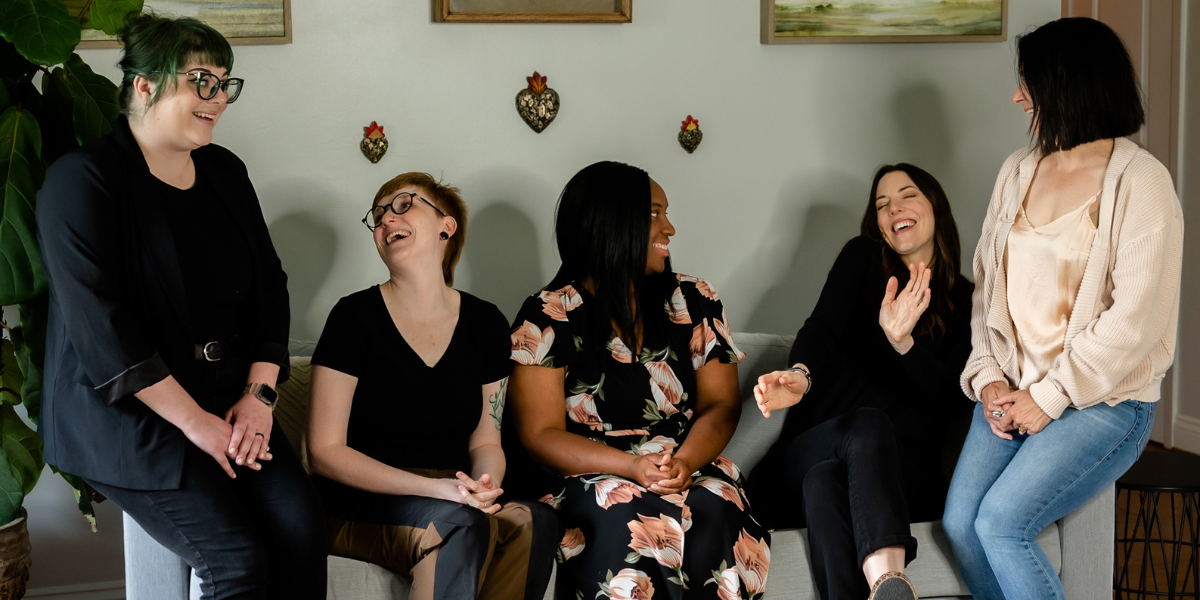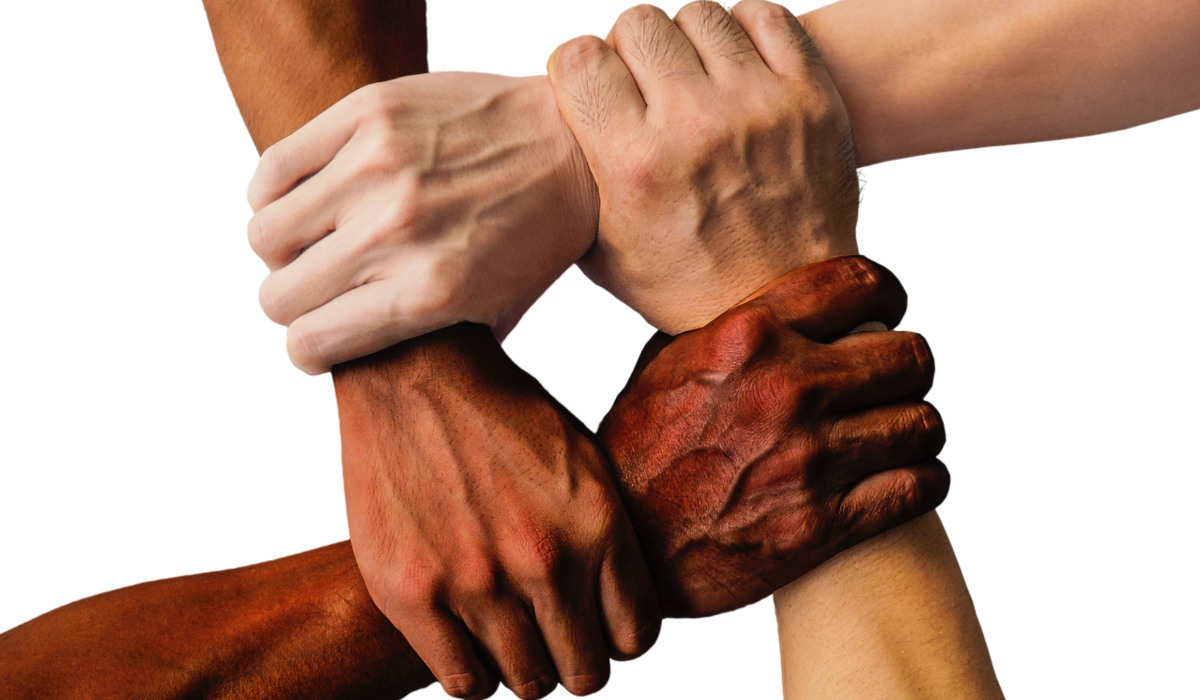The Benefits and Challenges of Mental Health Consultation
Consultation within the context of mental health is something every therapist should be familiar with and engage in--yet there is this anxious...
5 min read
 Whitney Storey, LPC, PMH-C
:
Jun 5, 2024 5:29:23 PM
Whitney Storey, LPC, PMH-C
:
Jun 5, 2024 5:29:23 PM

In working with a diverse range of helping professionals, including undergraduate psychology students, fellow counselors (and other mental health professionals), and law enforcement personnel, a common thread keeps showing up: many of us seek out these careers because of a deep desire to serve others. This desire often stems from intrinsic personality traits and/or frequently our own encounters with hardship.
Regardless of the source, we enter practice as beacons of hope, armed with empathy and a fervent desire to alleviate suffering. The very notion that we, the healers, could be the source of harm to our clients can feel like a betrayal of our calling. It can go against everything we believe about who we are. We cling to the adage "hurt people hurt people," a comforting belief that only those currently wounded themselves inflict pain. But the therapeutic landscape is far more intricate. Research suggests that well-intentioned therapists can cause harm, and not just those who haven't grappled with their own emotional baggage (e.g., Arora et al., 2022; Teachman et al., 2021; etc.).
Through our graduate training we are frequently asked to explore our complex experiences, biases, and blind spots as a way of knowing how they show up in the therapy room. We are told we may unintentionally project onto clients, get triggered by their stories, or simply miss the mark on what they truly need. We're told it isn't a sign of failure; it's the inevitable dance of vulnerability inherent in a deeply personal field.
This work of self-exploration doesn't end when we graduate grad school. It also doesn't end when we become fully licensed, not when we achieve the career success we are aiming for, and not even when we approach retirement. While implicit biases, venturing outside our scope of practice, microaggressions, and outdated knowledge (among other issues) can all lead to unintended harm, therapists have a fundamental responsibility to continuous improvement. Continuing education (CE) credits are a valuable tool for this, but navigating the practical options can be challenging. Focusing solely on cost, convenience, or personal interest might not always align with our clients' needs or the latest advancements in the field. And there's another issue that gets in the way of improving and leads to client harm:
Consider the following: one in five people fall within the neurodivergent spectrum, encompassing conditions like autism (ASD) and ADHD. These individuals often have unique needs in therapy that can be missed by therapists unfamiliar with neurodivergent presentations. A therapist accustomed to working with neurotypical clients might misinterpret stimming behaviors in an autistic client as anxiety, leading to interventions that feel alienating or even punitive. Therapists working from a traditional Cognitive Behavioral therapy foundation may push clients to behave in ways that increases masking, leading to long-term physiological and psychological damage.
Here are some ways even well-intentioned therapists can cause harm:
Bridging the gap between our good intentions and the positive outcomes we strive for has to begin with full acceptance of a few key concepts:
As discussed previously, neurodivergent clients require considerations beyond what we have been taught to do with neurotypical ones. Therapists unfamiliar with the ways that neurodivergence presents frequently misinterpret stimming behaviors, sensory processing issues, or social communication differences. Neurodivergent clients are more likely than neurotypical ones to have treatment-resistant anxiety, obsessive-compulsive symptoms, disordered eating, substance use, and life-long suicidality. When therapists see and treat those symptoms through an allistic framework, clients frequently do not improve. This can lead to clients being perceived as having treatment-interfering behavior or being noncompliant. Clients coming to KDH Counseling frequently report that previous counselors misunderstood them, and they often report long histories of going from counselor to counselor without finding relief.
Here are some additional ways therapists can create a safe and supportive space for neurodivergent clients:
For Therapists:
At KDH Counseling and Collective, our passion for learning fueled our desire to create a space for therapists and clients alike to explore cutting-edge research and best practices. Whether you're seeking a casual conversation, focused consultation, or continuing education opportunities, we welcome you to join us. Ready to learn more about our team and specialties? Check out some of the following recommendations and reach out to see how we can support your journey.
For Clients:
This blog post highlights the importance of ongoing education and self-reflection for therapists, values we hold dear at KDH Counseling and Collective. If you're a potential client, this commitment translates into a safe space for growth and exploration in therapy. Curious to learn more about our therapists' expertise in these areas? Head over to the "Blog" section on our website to see their unique perspectives on these topics.

Consultation within the context of mental health is something every therapist should be familiar with and engage in--yet there is this anxious...

Most of us join this profession because we truly want to help. To be present with another's suffering and healing is such a powerful experience....

2025 is here - it's a time for fresh starts, new beginnings, and – let's be honest – a little bit of dreaming. As clinicians, we're constantly...